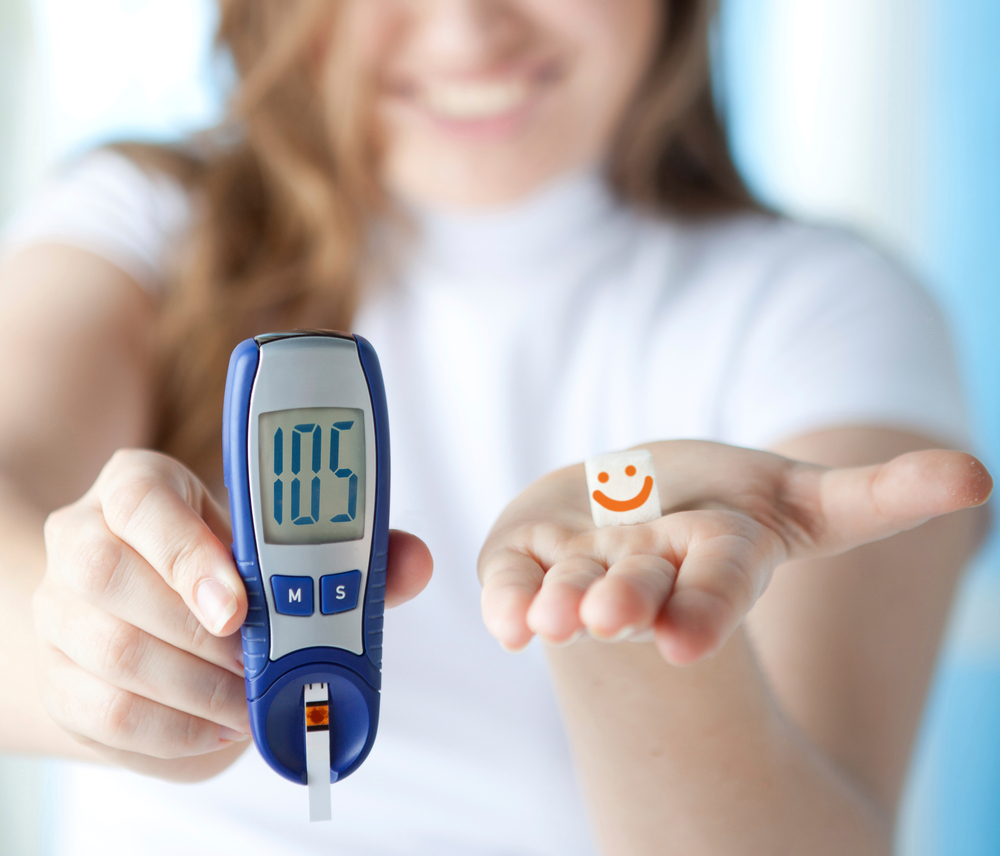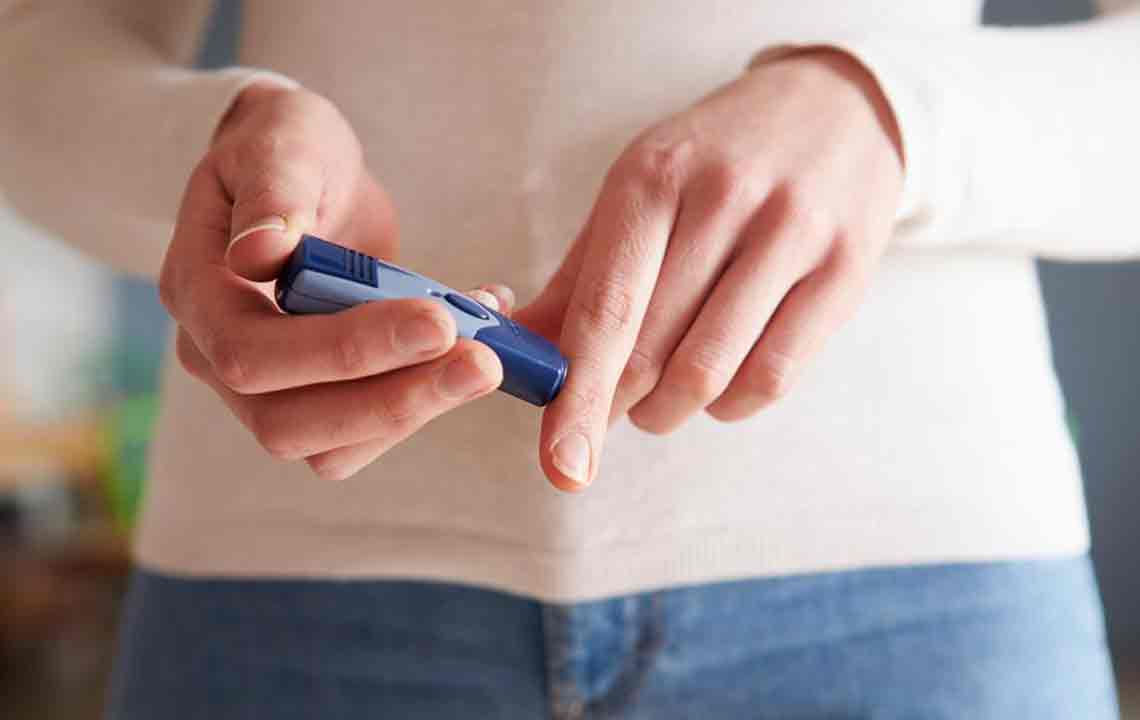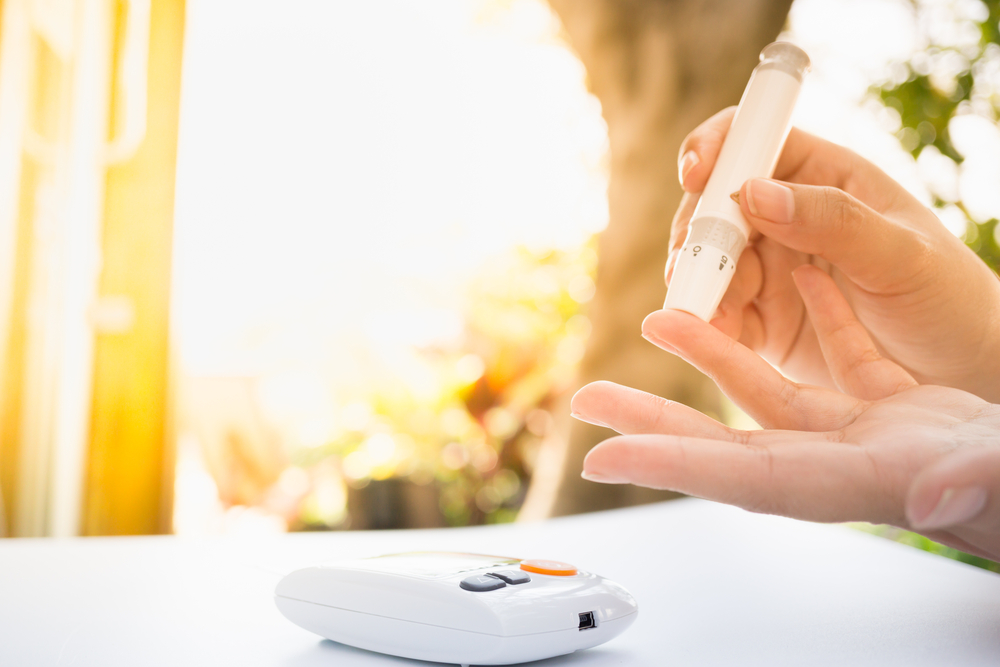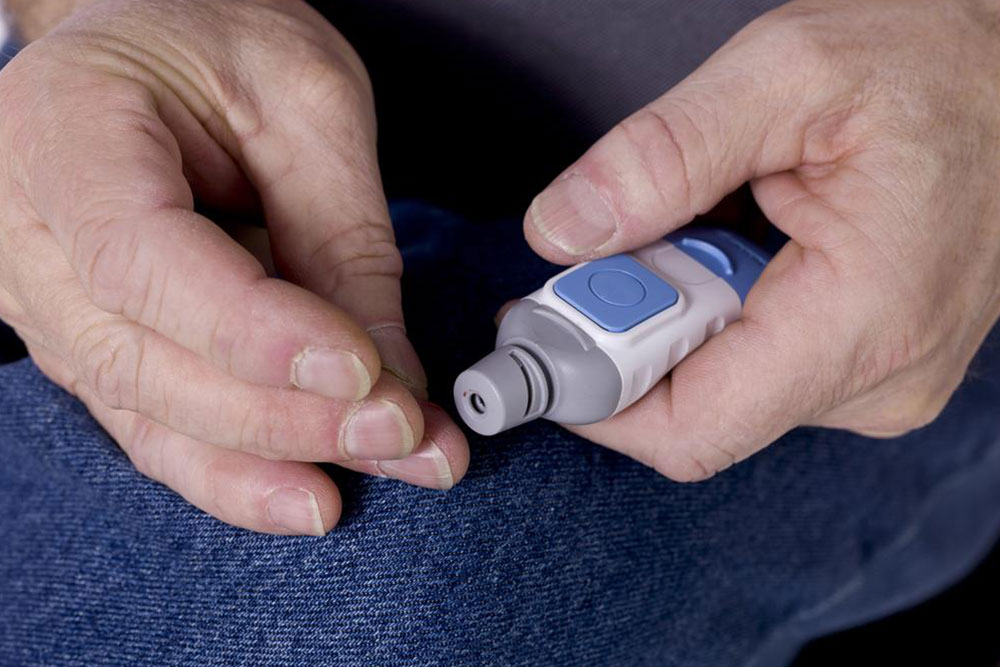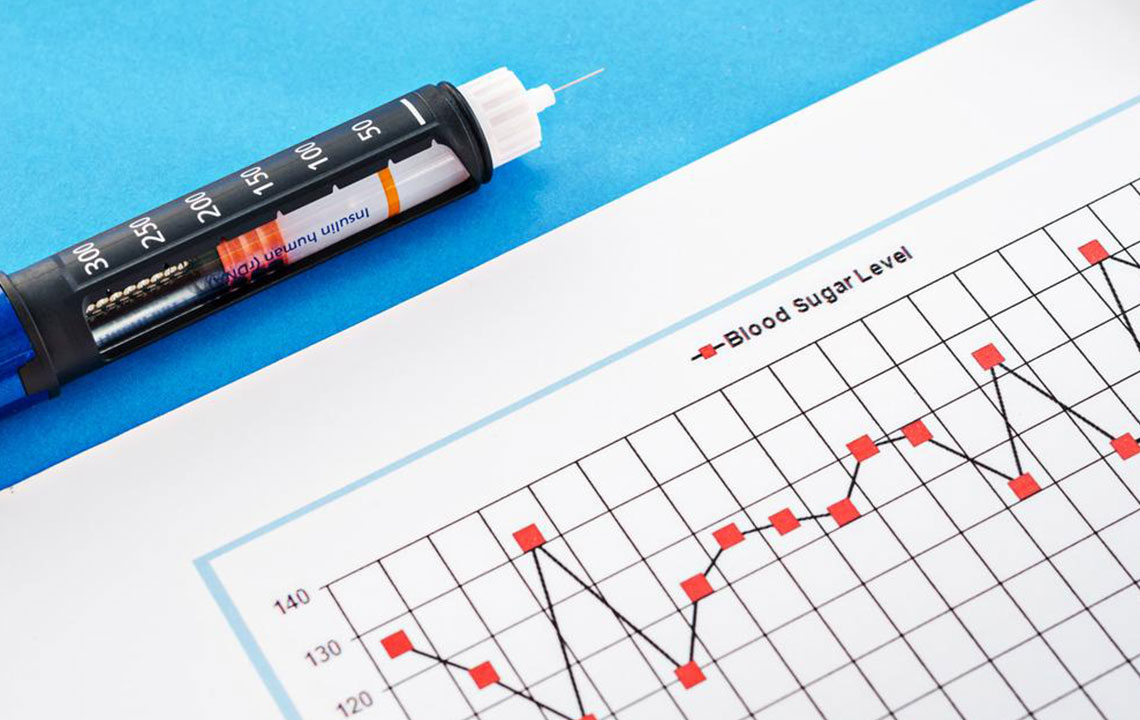Understanding Normal Blood Glucose Levels and Monitoring Methods
Learn about normal blood sugar levels, how to monitor them, and the importance of maintaining optimal glucose control. This guide covers testing methods, target ranges for diabetics and non-diabetics, and tips for effective management to prevent complications.

Understanding Normal Blood Glucose Levels and Monitoring Methods
Managing diabetes involves keeping blood sugar within a healthy range. Recognizing what constitutes normal blood glucose levels and how to check them is crucial for effective control and prevention of complications.
First, it's important to distinguish between "glucose" and "sugar." Sugar is a broad term for sweet carbs soluble in water, made up of oxygen, carbon, and hydrogen. Glucose is a specific type of sugar critical for energy production in the body. Other sugars like fructose and lactose are converted into glucose during digestion.
These sugars are transformed into glucose in our bodies, fueling energy. Human digestion also breaks down starches—long chains of sugars—into glucose. When discussing blood sugar, the terms "blood glucose" and "blood sugar levels" are interchangeable. Measurements differ globally: in the US, mg/dL is common, while mmol/L is used in the UK and Canada.
Normal blood glucose varies during the day. For healthy individuals, fasting levels in the morning should be below 100 mg/dL. Pre-meal levels typically range from 70 to 99 mg/dL. Post-meal (two hours after eating) glucose should be under 140 mg/dL. These ranges apply to those without diabetes.
Individuals with diabetes should aim for fasting levels between 80 and 130 mg/dL, and after meals, below 180 mg/dL, following American Diabetes Association guidelines. Managing these levels through diet, medication, exercise, and stress reduction is vital to prevent complications from consistently high blood sugar. Conversely, levels dropping below normal can lead to hypoglycemia, causing dizziness, confusion, and fainting.
The HbA1c test provides an average blood glucose level over 2-3 months, expressed as a percentage. For non-diabetics, a level below 5.7% is healthy; diabetics are advised to keep it at or below 7%. Elevated glucose damages nerves and blood vessels, leading to serious health issues. Monitoring and controlling blood sugar through proper lifestyle and medical guidance are key to a healthy life with diabetes.
For testing, fingerstick blood tests with a glucose meter are common, despite minor discomfort. Continuous glucose monitors (CGMs) offer less invasive, real-time monitoring by inserting a sensor under the skin. Regular testing is especially important for insulin users to adjust dosages accurately and prevent fluctuations.
Diabetes management requires consistent monitoring and lifestyle adjustments. With proper care, maintaining blood sugar within recommended ranges is achievable, minimizing health risks and improving quality of life.

